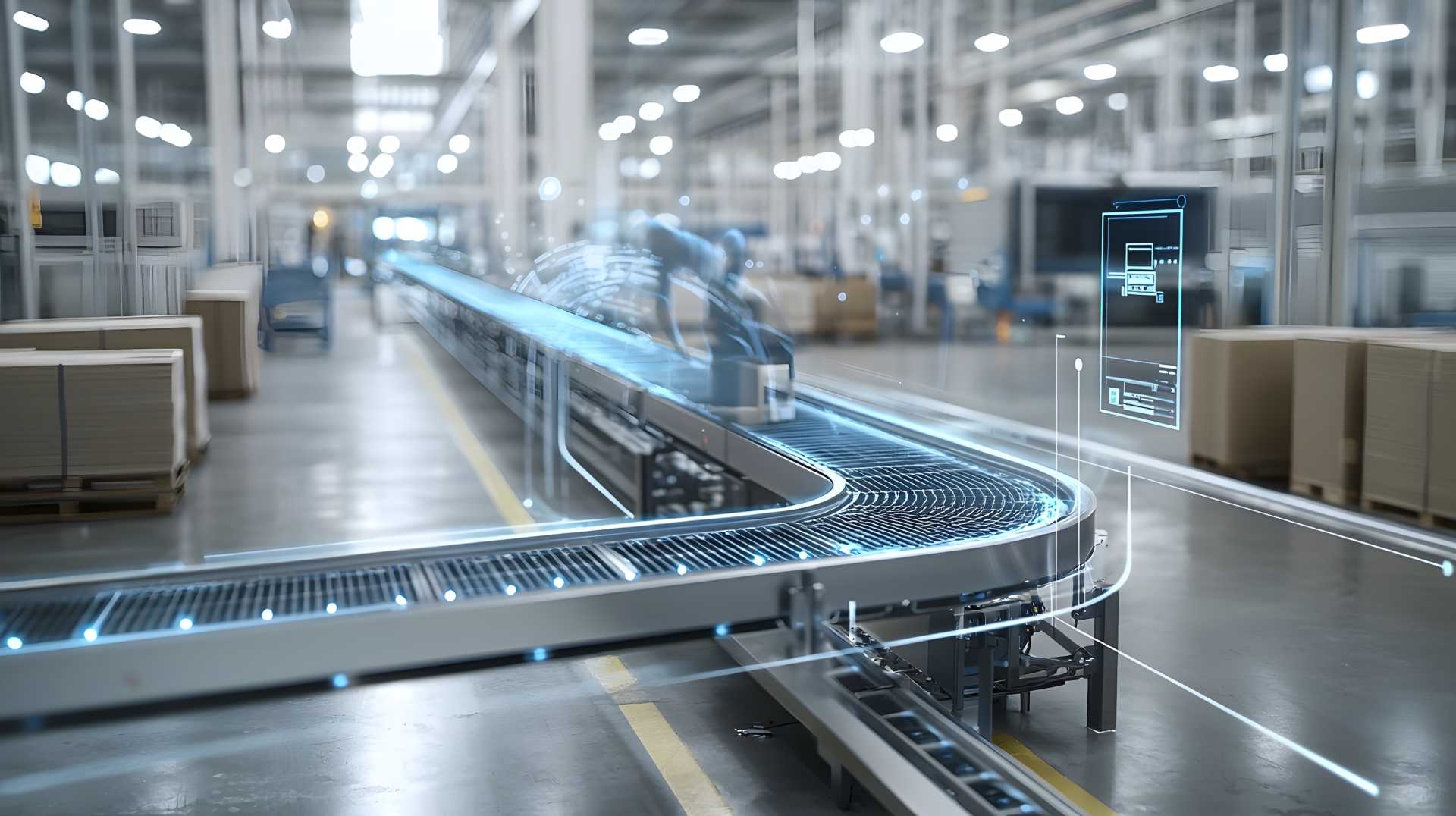The manufacturing industry is changing quickly. New tools are not just helping factories—they’re transforming the way they work. Industry 4.0 is a name for this big shift. It focuses on connecting machines, systems, and data in smarter ways. One major part of this change is traceability, which means being able to track every step in the production process. This article explains what smart manufacturing really means and why traceability plays a crucial role in modern business operations.
What is Industry 4.0?
Industry 4.0 is the next big step in how things are made. In the past, factories moved from hand tools to machines, then added electricity, and later used computers to automate tasks. Now, factories are becoming smarter through connected machines and intelligent technologies.
In a smart factory, machines can talk to each other and respond to changes in real time. These systems rely on operational technology combined with digital tools to improve how factories run. Human intervention is still needed, but much of the work is now supported by data and automation.
For example, a machine can notice when a part is wearing out and send a warning before it fails. That helps reduce delays and equipment damage, which supports efficient production and protects the finished product from potential issues.
Why traceability matters
Traceability means being able to follow the path of a product—from raw material to physical product. Each stage is recorded, creating digital versions of the product journey that can be reviewed at any time.
This is especially important when trying to manage product defects. Instead of guessing where something went wrong, companies can look at exact records. This helps save time and money, especially when dealing with quality concerns.
In industries where safety is a top priority, such as food or healthcare, traceability is vital for meeting regulations and tracking issues. Industry leaders use this approach to meet consumer demands for safer, more transparent products.
How traceability works in a smart factory
Several key technologies work together to make traceability possible:
- Sensors collect information from production equipment.
- Barcodes and RFID tags help track items through every step.
- Cloud technologies store data and make it easy to access and share.
- Advanced data analytics help find patterns and spot problems early.
These tools make it easier for business owners to manage their operations with more control and less guesswork. If a product is returned, the company can track the issue across the entire supply chain—from supplier to shop floor—without delays.
Clear equipment labeling is also important. That’s why many businesses use asset tags with permanent equipment labels. These labels help match the right data to the right equipment, even in tough environments, and help prevent tracking errors.
With fewer mistakes and more accurate records, companies can meet business goals more easily. The result is better product quality, faster solutions, and stronger customer trust.
More than just tracking
Traceability helps more than just the production floor. It makes the entire business run more smoothly.
For example, knowing where materials are at all times improves planning. Companies can spot delays, track costs, and fix supplier issues faster. If one supplier sends lower-quality materials, the system shows it quickly, and changes can be made before it affects the physical product.
Data collected through smart tools also supports better decision-making. Reports for audits, inspections, and risk assessment can be generated in minutes instead of hours.
In the end, traceability supports strong operations and gives companies more control. It’s not just about tracking—it’s about running a better business.
Challenges to smart manufacturing
Even though smart factories offer many benefits, there are still challenges. Many factories use outdated tools and rely on manual tracking. Making the switch to modern technologies can be costly and time-consuming.
Another issue is dealing with large amounts of data. Without proper systems, this information becomes overwhelming. That’s where cloud technologies and advanced data analytics become essential—they help organize and use the data in meaningful ways.
One smart approach is to start small. Businesses can begin with basic labeling or barcoding, then slowly add sensors, cloud storage, and automation tools. This step-by-step method allows them to adjust without major disruptions.
It’s also important to train staff so they understand the new systems. When people feel confident with the technology, human intervention becomes more focused and efficient, rather than manual or repetitive.
Looking ahead
As tools get better, smart manufacturing will keep growing. Factories will solve problems before they happen. They’ll also respond faster to market changes and consumer demands.
Traceability will go beyond the factory. Digital records will stay with the product long after it leaves the building. This will help with recycling, repairs, and returns, and allow businesses to serve customers better.
The future belongs to companies that use intelligent technologies to keep up with the speed of change. Those that ignore this shift may fall behind as the competition becomes faster, smarter, and more flexible.
Conclusion
Industry 4.0 is not just a trend—it’s the new way of working. Smart manufacturing brings together connected machines, key technologies, and clear data to support better results. Traceability plays a crucial role in this system, helping companies track every step, meet regulations, and respond to problems quickly. With smart labeling, cloud technologies, and accurate tracking, businesses can improve operations, meet business goals, and gain the trust of their customers. As more companies embrace these changes, the future of manufacturing will be sharper, faster, and more reliable than ever before.



